
16
17
When you build a transport ride, it’s always a custom design. (Please refer
to the Building a Custom Ride section for the details on constructing one
of these.) Make sure to read the specifications of the ride in the Ride
Selection window before you begin construction. For example, some
transport rides (like trains) run in only one direction and must travel a cir-
cuit, while others (like a monorail) can move back and forth on a single
line of track.
Mild Rides
Low-thrill attrac-
tions are the bread
and butter of trav-
eling carnivals, but
in a park like
yours, they often
play second fiddle to the giant roller
coasters. That doesn’t mean you won’t
see a profit from these. Many guests
have little tolerance for intense rides,
and prefer something more calm.
Most mild rides do not involve custom design, and they tend to take up
less space than the more intense attractions. They rarely make guests
sick, so you can build them near food service stalls without worry.
Roller Coasters
It will come as no surprise to you that the roller coasters
are the primary attraction in most parks. Coasters come
in many types, starting with the old-style wooden tracks
and progressing through steel to the newer inverted,
hanging, standing, corkscrew, single rail, and many
other bizarre permutations. What all of them have in
common is that they strive to provide a hair-raising experience, but also
walk that fine line between exhilaration and discomfort (or terror). A ride
that is too intense gets no riders.
For every different type of roller coaster, there is at least one standard
design. You can also, of course, create a custom coaster. (Please refer to the
Design Tips
♦ Elevated rides allow your guests
to see other rides and areas of the
park, which can spark interest
in visiting them.
♦ Covered rides are more popular
when it’s raining.
♦ Rides that provide music often
add to the atmosphere of the park,
cheering nearby guests.
The rides are organized into sev-
eral types, and each type includes
many different rides. (Some of
these are not available for con-
struction until your research staff
have come up with a safe design.)
Each has its own benefits and
drawbacks, and each appeals to a
certain type of park guest — its
specific target audience. What
draws a person to a ride depends
on the proclivities of that person.
Some guests want an intense,
thrilling, gut-wrenching experience,
while others want to relax and
watch the scenery go by. Often, the decisions whether to visit a ride is
driven by price considerations. Even the distance between rides can matter;
a guest who is tired from walking is less likely to want to do anything, but
if your rides are too close together, the park might seem crowded. There
are many things to think about when deciding what type of ride to build.
Transport Rides
These are the
mildest of the
mild. (In fact, in
some people’s
eyes, they’re
not rides at all.)
Transport rides carry guests along
a fixed track through scenic areas,
and they provide a low-thrill expe-
rience suitable for even the most
squeamish guests. They also act
as an alternative to walking. Any
transport ride can have multiple
stations, and guests use the ride to
travel from one station to the
other — and from one area of the
park to another.
Design Tips
♦ A transport ride is a great way
to ferry guests to and from a
newly opened area of the park to which
you want to draw interest.
As an added benefit, you can
charge them to get there!
♦ Don’t be too ambitious too soon.
A giant transport network connecting
the entire park will be expensive to
build. Build it in sections, and let the
completed sections run while you save
up funds to build the next one and,
eventually, connect them all.
♦ Transport rides with covered cars are
popular when it’s raining.
Removing Rides
After you’ve built an attraction, you
can choose to demolish it (using the
Construction button in the Ride
window). When you do so with a newly
built ride or shop, you normally get a
full refund of the cost of building.
However, once you’ve opened the ride
(or shop) and your guests have begun
patronizing it, you can no longer
recoup your entire investment. If you
demolish a “used” attraction, your
refund is considerably less.
The RidesThe Rides
RCT JC_Revised ManInt 8/13/03 4:00 PM Page 16

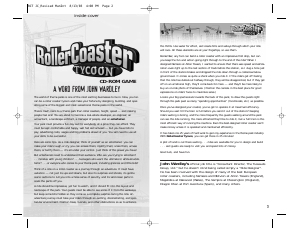


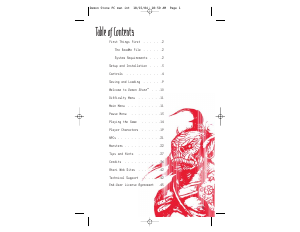
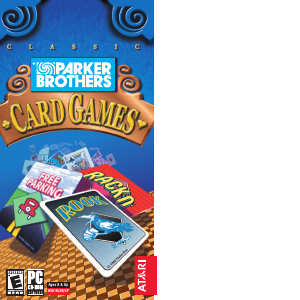
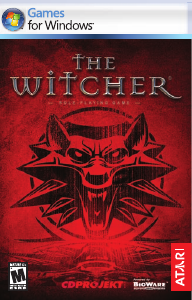
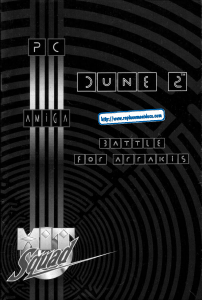

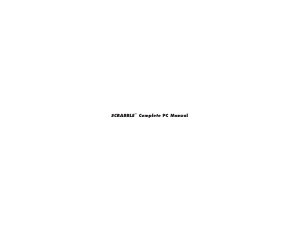


Join the conversation about this product
Here you can share what you think about the PC Rollercoaster Tycoon. If you have a question, first carefully read the manual. Requesting a manual can be done by using our contact form.